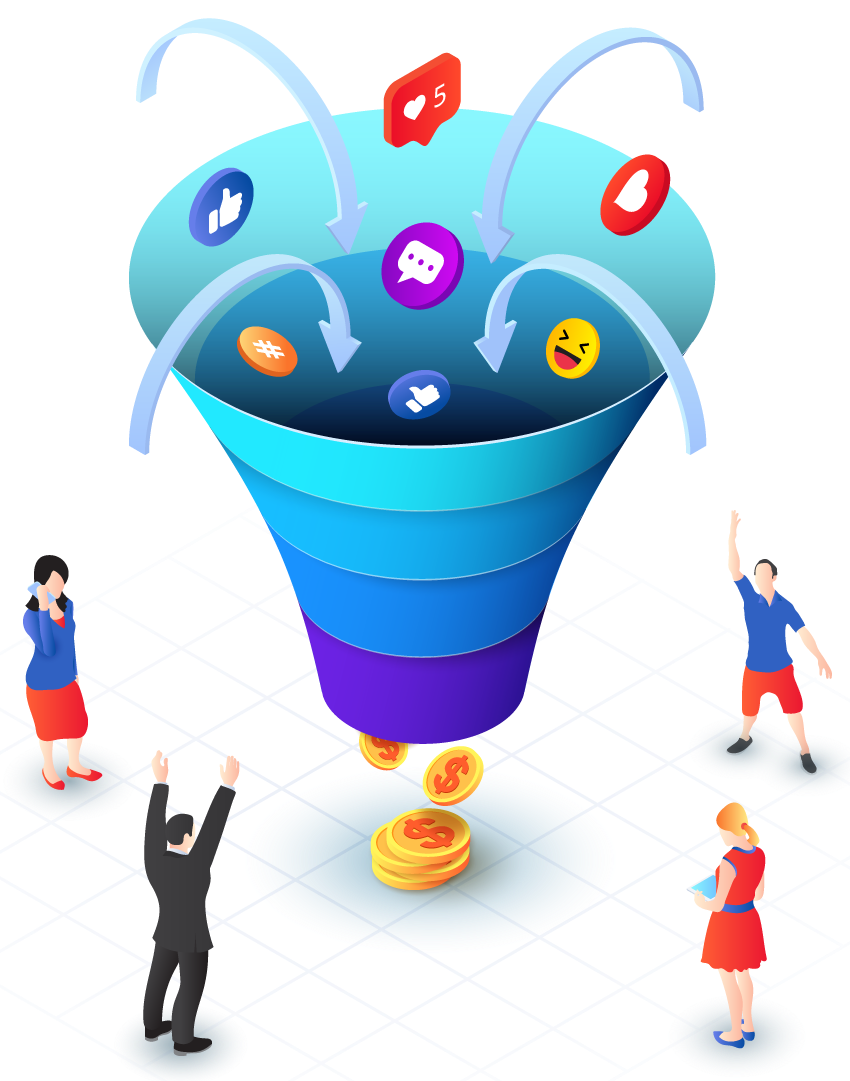Sales Funnel Case Studies - Real- World Success Stories
Having the right sales funnel in place is essential for every business. Without it, your team could be wasting time and resources trying to convert unqualified leads into customers.
A well-defined sales funnel improves your marketing and sales processes by filtering out bad leads while enabling you to focus on the most promising ones. The problem with most sales funnels, however, is that they are either not designed or don’t get updated on a regular basis.
This means that the sales process becomes inefficient and that your salespeople and managers spend more time doing work that doesn’t directly support revenue generation.
That’s why it’s important to understand the different steps of your sales funnel and use them to create an effective marketing strategy. Depending on where your prospects are in the customer journey, you may need to provide more or less information to convert them.
For example, if they’re at the top of the funnel, you may need to educate them on their problem or provide testimonials from other users. In the middle of the funnel, you’ll need to build trust with more direct contact or share more detailed product details. At the bottom of the funnel, you need to nudge them to take action by providing reminders or offering discounts.
As part of your sales funnel optimization, it’s important to track lead conversion rates, which is the number of qualified leads that make it through each stage of your funnel and become a paying customer. This will help you identify roadblocks in your funnel and make changes to boost conversions. For example, the coffee app Rappi used Amplitude to discover that a low-cost subscription plan increased conversions more than free trials did.
Another way to increase your sales funnel conversions is to eliminate friction in your marketing and sales processes. The more friction your prospects experience, the more likely they are to drop out of the funnel and lose interest in your product. To reduce friction, you might change your website layout or offer a more streamlined payment process.
Lastly, it’s important to keep in mind that the sales funnel doesn’t end when your prospect makes a purchase. You should continue to nurture your prospects so that they become repeat customers and brand advocates. This can be done through email drip campaigns, social media ads, or other content that helps to promote your product or service.
These sales funnel case studies show that it’s possible to make a big impact on your revenue if you take the time to optimize your marketing and sales strategies. The next time you’re struggling to generate leads, try one of these tactics and see your results improve. These inspiring stories also demonstrate that it’s never too late to pursue your dreams with courage, tenacity and a spirit of innovation.

Learn how To build sales funnels
Subscribe To My Email List And Get Updates On Building Effective Sales Funnels That Generate Leads & Sales In Your Business.
My Recent Posts
All-in-One Sales Automation Platform
Check out my recent post on all-in-one sales and marketing tools and what I think of it.
Sales Funnels
Check out my recent post on sales funnels and what I think about them. Are they still worth it?

I truly belive that as we navigate through life, we should always remember to take a step back, evaluate what truly matters, and never lose sight of our goals.
Here's to reclaiming our control, cherishing the moments we share with loved ones, and empowering others to chase their dreams.
Sar Dwa-Anderson
©Copyright 2024 2Hours Per Day Blueprint
1971 E Beltline Ave NE, STE 106
Grand Rapids, MI 49525, United States
